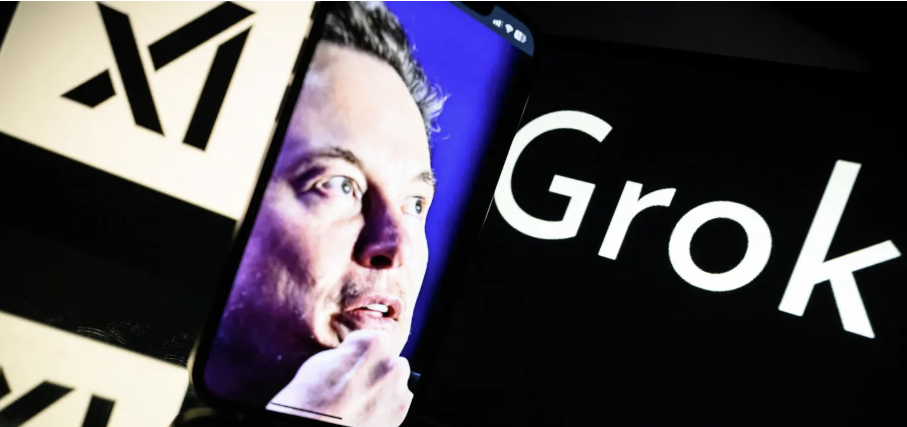Residents in California now have a simpler way to force data brokers to delete their personal information.
The state has launched the Delete Requests and Opt-Out Platform, known as DROP, allowing residents to submit one verified deletion request that applies to every registered data broker instead of contacting each company individually.
A system that follows the Delete Act, passed in 2023, and is intended to create a single control point for consumer data removal.
Once a resident submits a request, the data brokers must begin processing it from August 2026 and will have 90 days to act. If data is not deleted, residents may need to provide extra identifying details.
First-party data collected directly by companies can still be retained, while data from public records, such as voter rolls, remains exempt. Highly sensitive data may fall under separate legal protections such as HIPAA.
The California Privacy Protection Agency argues that broader data deletion could reduce identity theft, AI-driven impersonation, fraud risk and unwanted marketing contact.
Penalties for non-compliance include daily fines for brokers who fail to register or ignore deletion orders. The state hopes the tool will make data rights meaningful instead of purely theoretical.
A launch that comes as regulators worldwide examine how personal data is used, traded and exploited.
California is positioning itself as a leader in consumer privacy enforcement, while questions continue about how effectively DROP will operate when the deadline arrives in 2026.
Would you like to learn more aboutAI, tech and digital diplomacy? If so, ask our Diplo chatbot!










